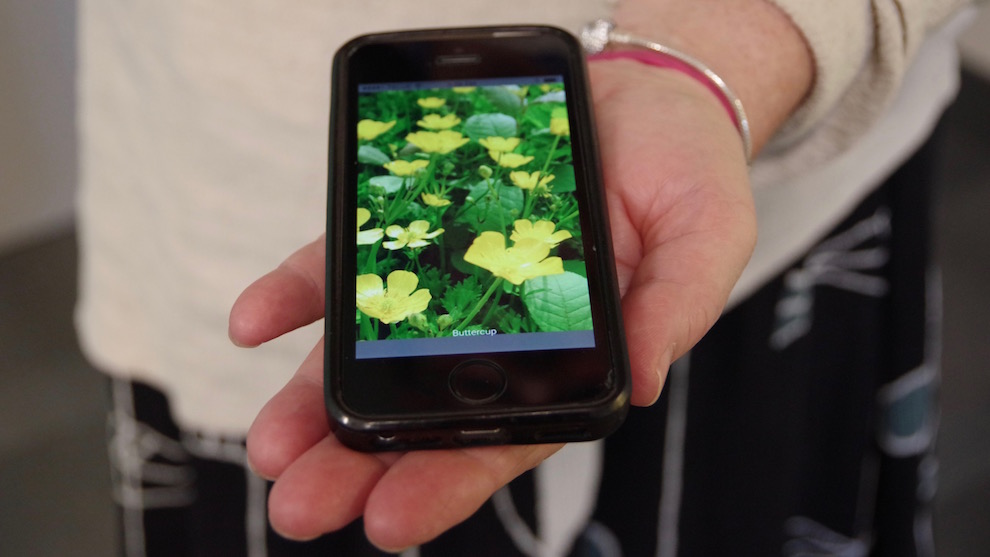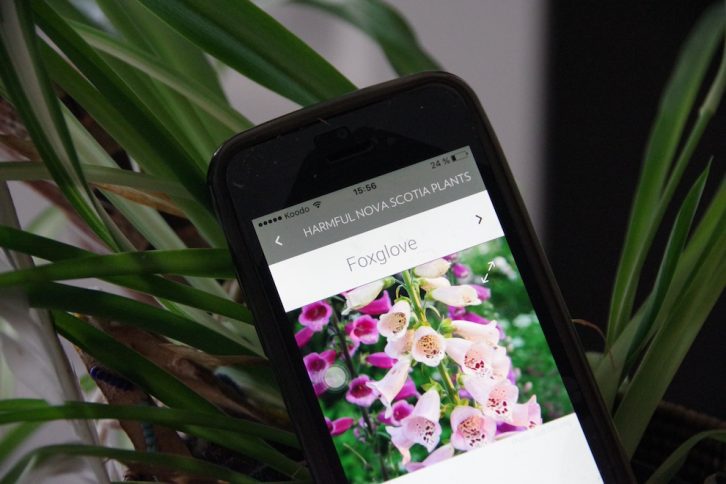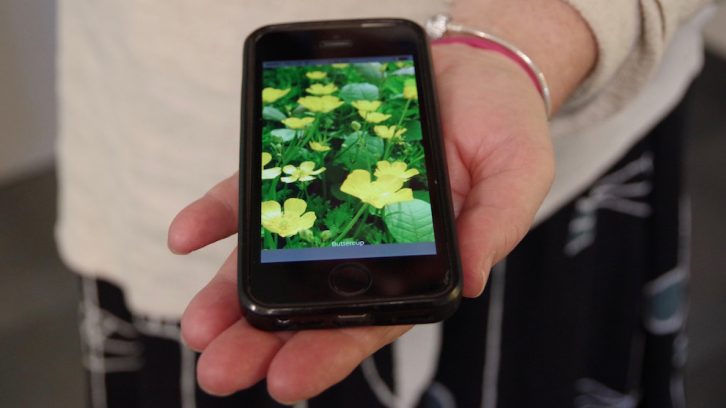Botany
App identifies poisonous plants in Nova Scotia
Harmful Nova Scotia Plants is a companion app to Useful Nova Scotia Plants

caption
Marian Munro says buttercups, shown above, contain a compound that can severely irritate the skin.While most people don’t carry a field guide out into the woods, chances are they’ll bring their phone. With a new app called Harmful Nova Scotia Plants, Nova Scotians can now identify potentially dangerous plants with a simple search.

caption
Marian Munro says a child could absorb some of the toxins by drinking rainwater out of these types of flowers.The app was designed by Nova Scotia Museum botany curator Marian Munro and software engineer Gordon Isnor. It was released on Feb. 23.
It’s a companion app to Useful Nova Scotia Plants, which was released in November. The initial idea for the first app came to Isnor in October 2016. He wanted to know which plants he and his young son could eat, but realized there was no app specific to Nova Scotia that could help him. He eventually got in touch with Munro, who was eager to write content for the app.
It didn’t end there.
“She then asked me if I was also interested in doing a poisonous plants application and I said, ‘sure, why not,’” says Isnor.
Munro has worked for the Nova Scotia Museum for about 30 years, and has a wealth of knowledge about plants, whether they be useful or harmful. When the IWK Regional Poison Centre needs help with identifying potentially poisonous plants, they call her.
Munro says the Poison Centre receives about 200 plant-related calls a year. When she asked for help with deciding which plants to include in the app, the centre provided her with a list of plant-related inquiries from the past 10 years.
The app has information on 103 plants.
“Everything that was considered harmful to humans, I added into the app,” says Munro.
After deciding on their list, the duo divided it into three categories: garden plants, wild plants and plants or plant products found in many homes.

caption
Marian Munro says buttercups, shown above, contain a compound that can severely irritate the skin.Many people don’t realize, Munro says, that even some common plant-based items can make people sick if they consume too much of them.
“Nutmeg, for example, can make you sick if you eat more than three tablespoons of it,” she says.
Munro says the most dangerous species included in the app are without doubt mushrooms. Out of 3,000 species in the province, only about a dozen are edible, while many are poisonous and some are even deadly. Poison hemlock is another poisonous plant. Munro says it used to be the poison of choice to give to criminals.
“It doesn’t take a lot, a couple mouthfuls are enough to kill,” she says.
Plants that are generally edible but have certain inedible parts are also listed, like apple trees, whose fruit are edible but whose seeds contain cyanide.
The app is simple to use; after downloading it onto a phone, an alphabetical list of plants appears on screen, along with a search option. Upon selecting a plant, images appear, along with a short description, the type of poison, possible poison scenarios and symptoms.
Mobile resource
Munro’s hope is that Harmful Nova Scotia Plants may help avoid some mishaps. However, she cautions that the app is not meant as a replacement for medical advice; rather it’s a resource and educational tool for hikers, gardeners, foragers and parents.
While Isnor was most interested in plants he can eat, he says this app about the ones to avoid is a great resource, especially for parents with young children.
“It’s an educational thing; it lets parents know, for example, that’s something to stay away from,” he says.
What Isnor finds most useful in both apps is that they don’t require an Internet connection.
“There’s a lot of places in Nova Scotia where the Internet coverage is terrible, nonexistent,” he says.
Harmful Nova Scotia Plants can be downloaded for free from the App Store or used via a web app.
Questions or concerns about poisonings should be directed to the Regional Poison Centre.
